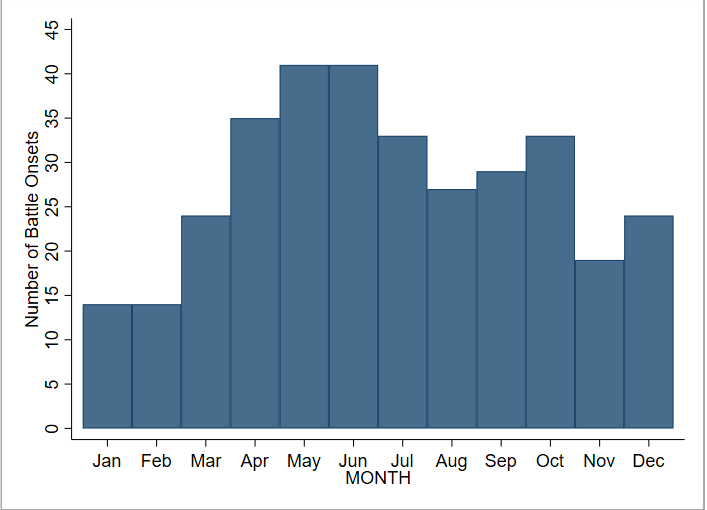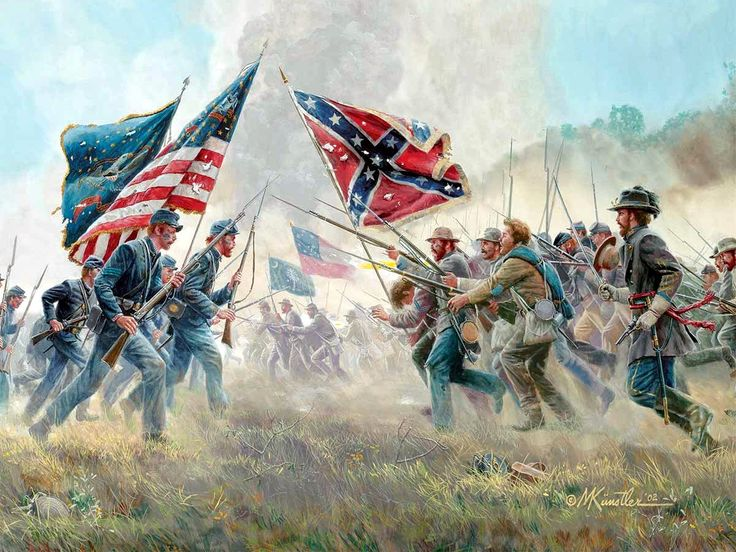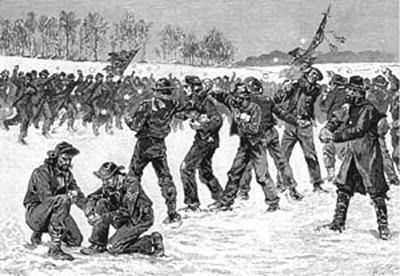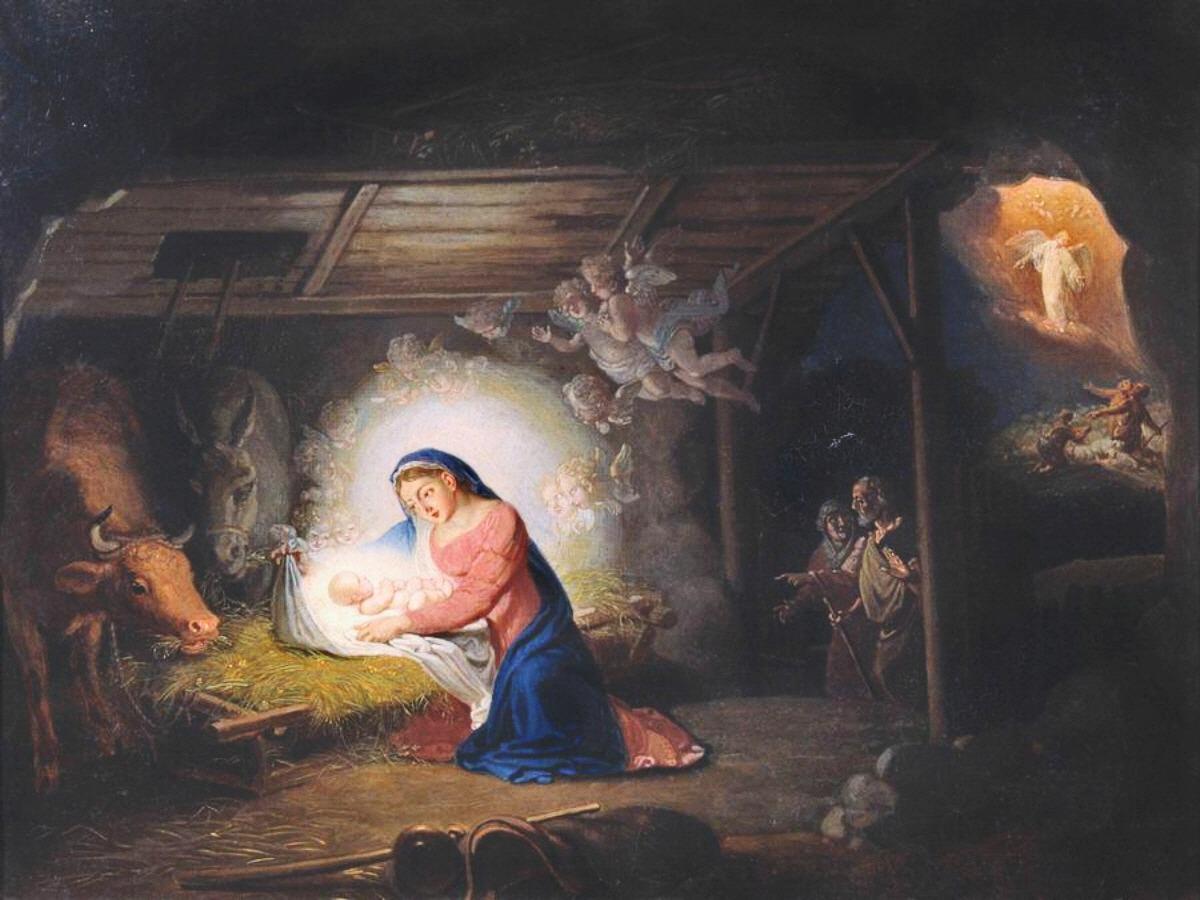We explored the link b/w religious holidays and violence in my Quantitative Security course.
👇is an Easter morning summary.
mitpressjournals.org/doi/abs/10.116…
Examples include Ron Hassner's @SecStudies_Jrnl piece exploring the relationship between "Sacred Time" and conflict initiation...
tandfonline.com/doi/abs/10.108…
cambridge.org/core/journals/…
A tremendous resource on each battle fought during the American Civil war is the @ABPPNPS of the @NatlParkService:
nps.gov/abpp/battles/b…
Using data over the course of the war (April 1861 to April 1865), this figure shows the number of total battle onsets by month:

- First, you can see that spring (April, May, and June) is definitely "fighting season". No surprise there!
- Second, notice that early spring (March) appears to be as "disputatious" as December. That stood out to us for two reasons...🤔
en.wikipedia.org/wiki/Computus

- April 4, 1862
- April 6, 1863
- Marcy 28, 1864
But that makes me nervous
This lesson was then reinforced by exploring the Rwandan genocide with data from @engagedscholar & Stam:
(end)































